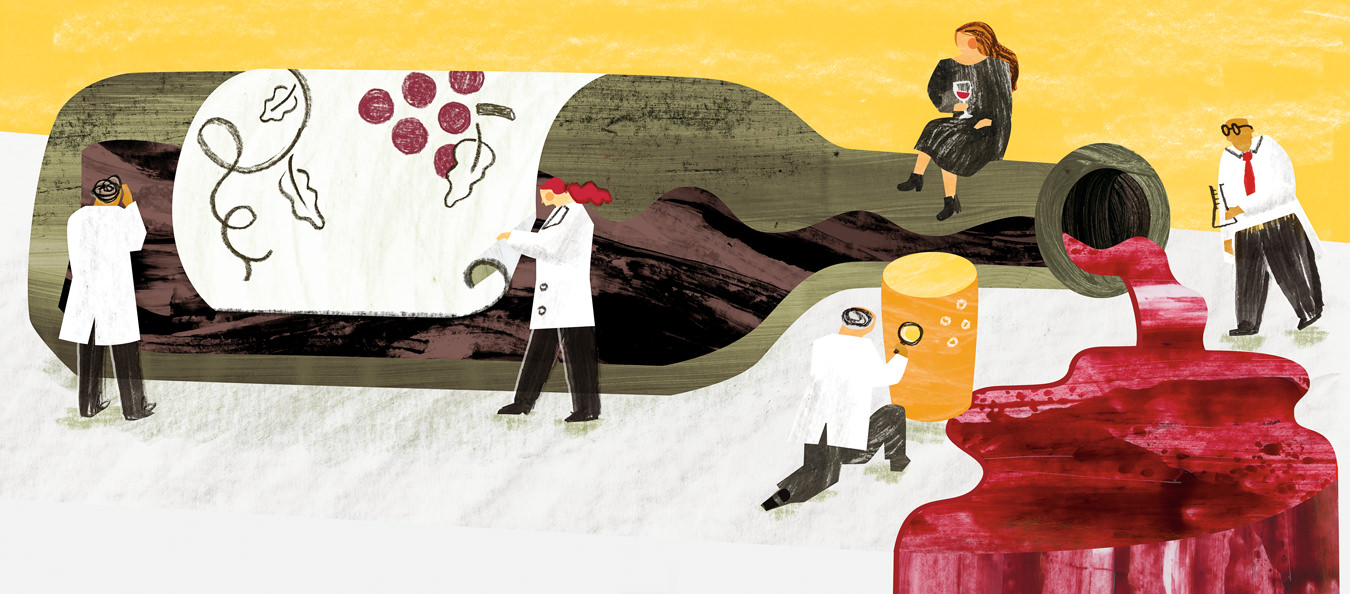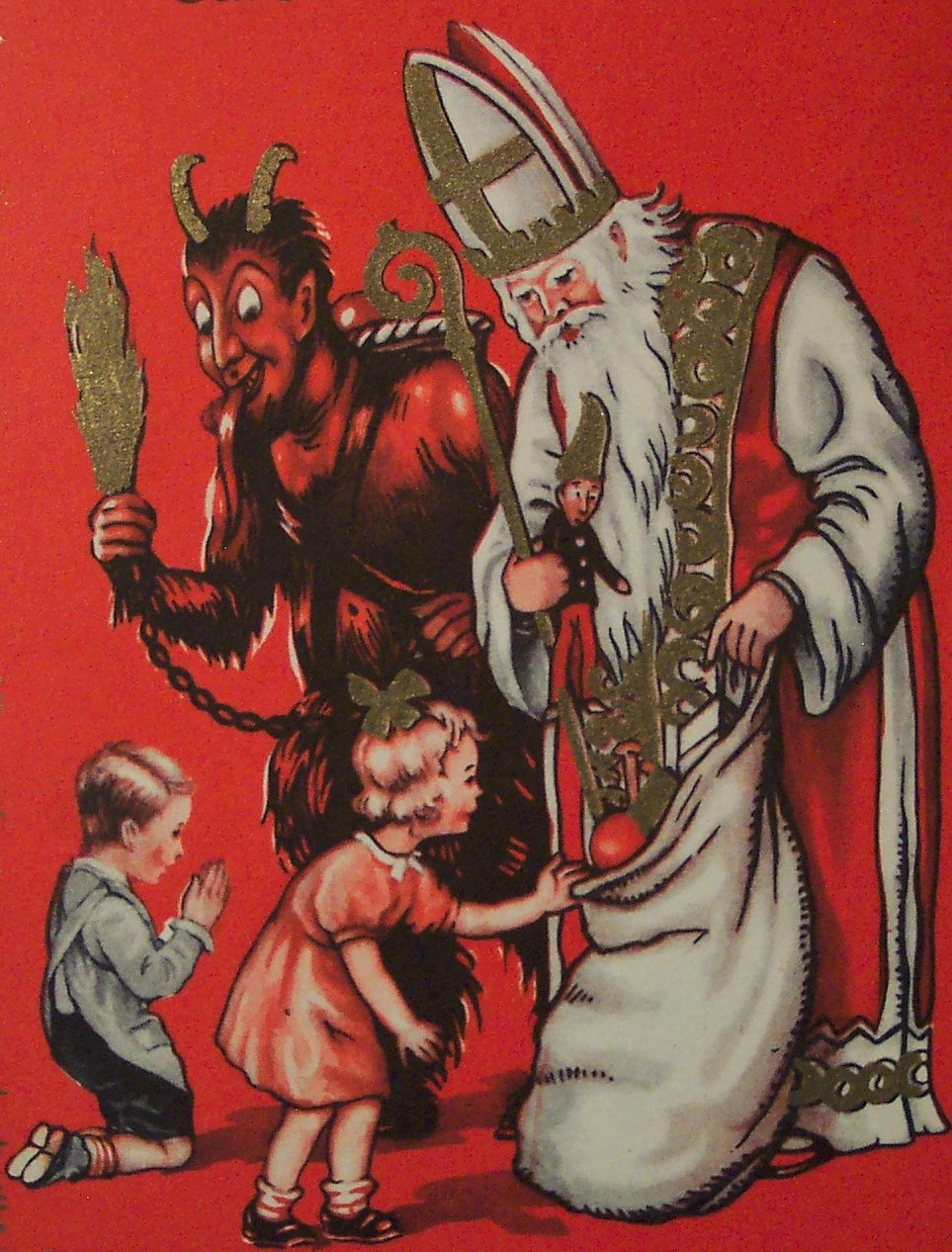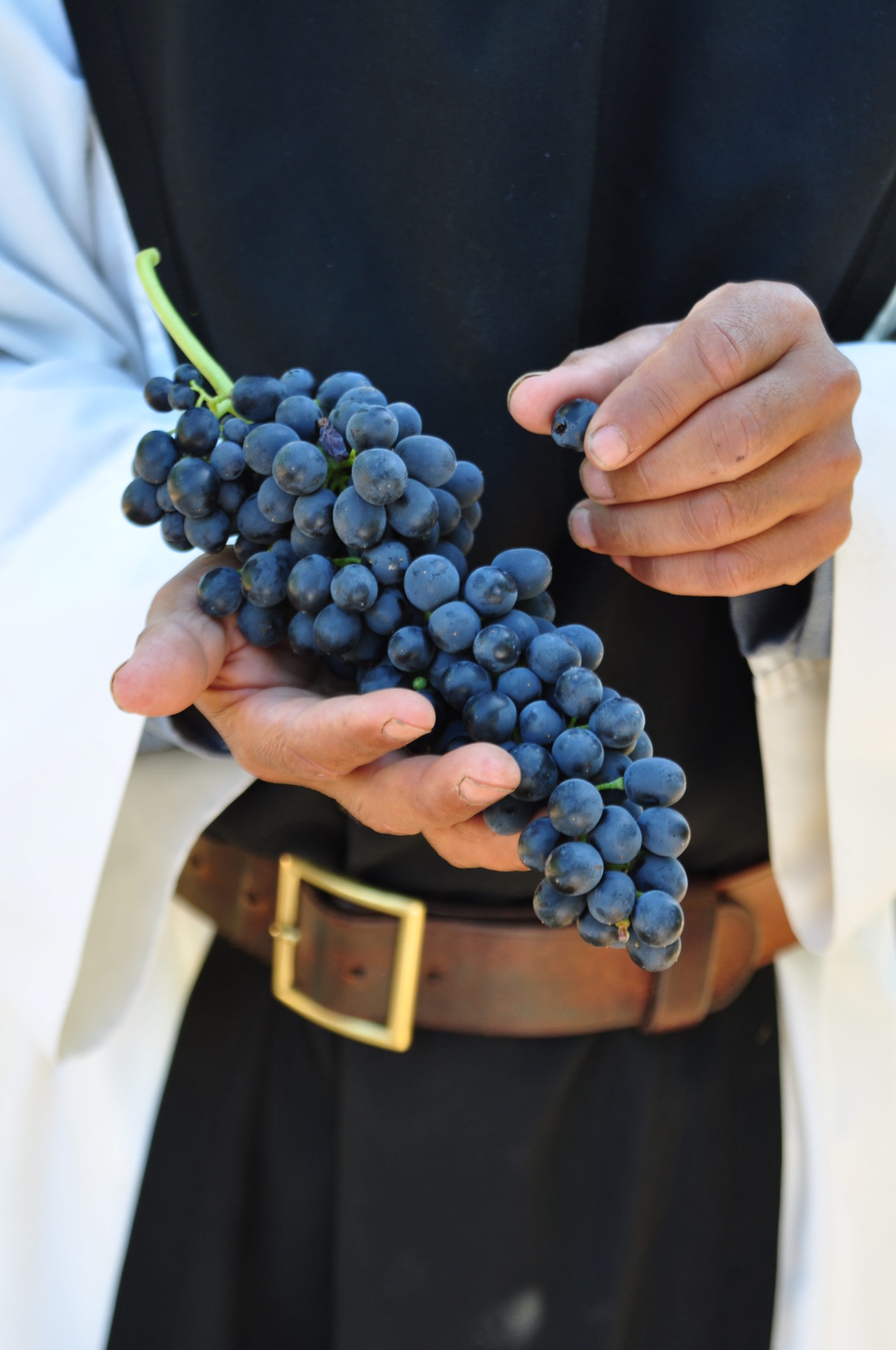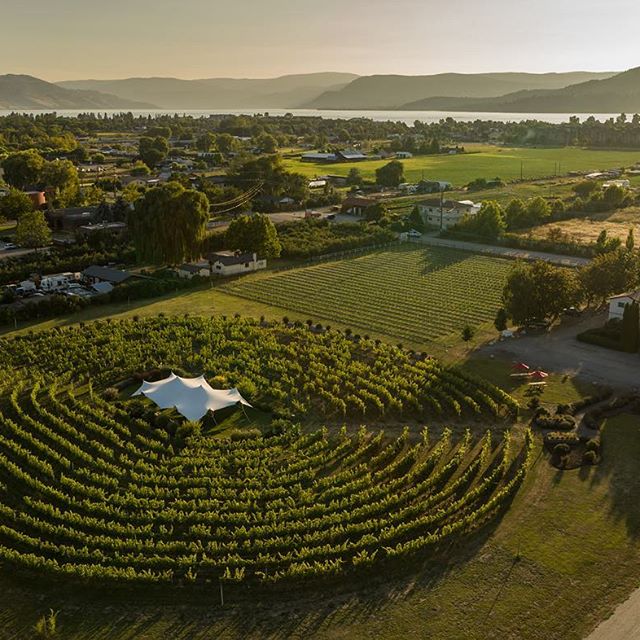Why You Should Be Wary of Wine Traditions
Weasel words.

Tradition and traditional are powerful concepts in marketing wine and many other products. A commodity or service described as traditional is something that has been around for a long time and is so good that it hasn’t changed; it has survived intact because its quality has been endorsed by generations. Tradition speaks to qualities we can depend on because they have been guaranteed by those who came before us.
In other contexts, when a continuity of quality comes to an end, tradition is employed to express nostalgia, as when we regret the passing of a traditional way of doing things, from the amateur athletes of the Olympic Games to writing letters as a way of keeping in touch with friends. Social conservatives practice this kind of nostalgia when they mourn the loss of the “traditional family” and “traditional morality.”
In this broad sense, using traditional ideas to market wine might seem trivial. Nonetheless, tradition is an important concept in the world of wine, and “tradition” and “traditional” are regularly employed to convey a sense of quality and authenticity.
The most common use of the concept in the wine world is labelling sparkling wines made by what is known as the “traditional method.” The term replaced Champagne Method after the champagne industry successfully reserved that term for itself. Traditional method sparkling wines are made in the same way as champagne (and often use the same grape varieties), but producers outside the Champagne wine region are not permitted to mention champagne on their labels.

The term “traditional method” was coined in Champagne early in the 1800s to describe the way champagne was made, and the specific term “Champagne method” emerged later. What is clear is that champagne producers deliberately used the word “traditional” to give historical legitimacy to their sparkling wine. The method of putting wine through a second fermentation in a bottle had been used in Champagne since the late 1600s, so it had that degree of historical depth. But a century or more before that, sparkling wine was made by what we now call the ancestral method, where the fermentation of wine in bulk is artificially halted, the wine is bottled, and the fermentation continues in the bottle.
In terms of sparkling wine, then, the ancestral method is older than the traditional. But if we think of the words outside this context, neither seems to refer to an older period than the other.
Historians, who ought to know about traditions, avoid the words tradition and traditional unless they are talking about ideas that are constructed for specific purposes. A tradition is something that has been handed down from generation to generation, like family traditions, traditional foods, and traditional festivals. But the word has been politicized in terms such as “traditional morality” and the “traditional family,” which are meaningless because moral codes and family structures have persistently evolved over time.
To privilege one phase of sociocultural evolution and call it traditional is simply illogical. Does “traditional morality” mean classical homoeroticism, the widespread approval of adultery by upper-class men in the Middle Ages, or the prudery associated with the Victorian era? Does the “traditional family” include the right of husbands to kill their wives that was enshrined in Roman law, the domestic violence permitted by law in Canada until recently, and the ban on divorce common until the 1800s?

As for wine, does making it in the traditional way include crushing the grapes by foot, leaving the juice to ferment in open vats for weeks on end so it oxidized, then storing it in dirty, yeast-infected barrels? That was how much wine was made until the 20th century.
The appeal to tradition is common among supporters of the natural wine movement, who want to distinguish their minimal-intervention products from modern wines made using many techniques and additives. But the history of winemaking is full of interventions and manipulations. The ancient Greeks added lead, salt water, and herbs of all kinds to their wine. Eighteenth-century Port producers added elderberries to give their wine more colour. The 19th century was a heyday of wine adulteration in Europe. The wine laws that came into being in the 1900s–such as France’s appellation contrôlée system–were primarily designed to prevent wine fraud. Where is the tradition of low intervention in this history?
Tradition, then, is an idea to be wary of. Like “authentic” and “natural,” it creates a positive image in the minds of many consumers, but it doesn’t bear the weight of serious scrutiny.




